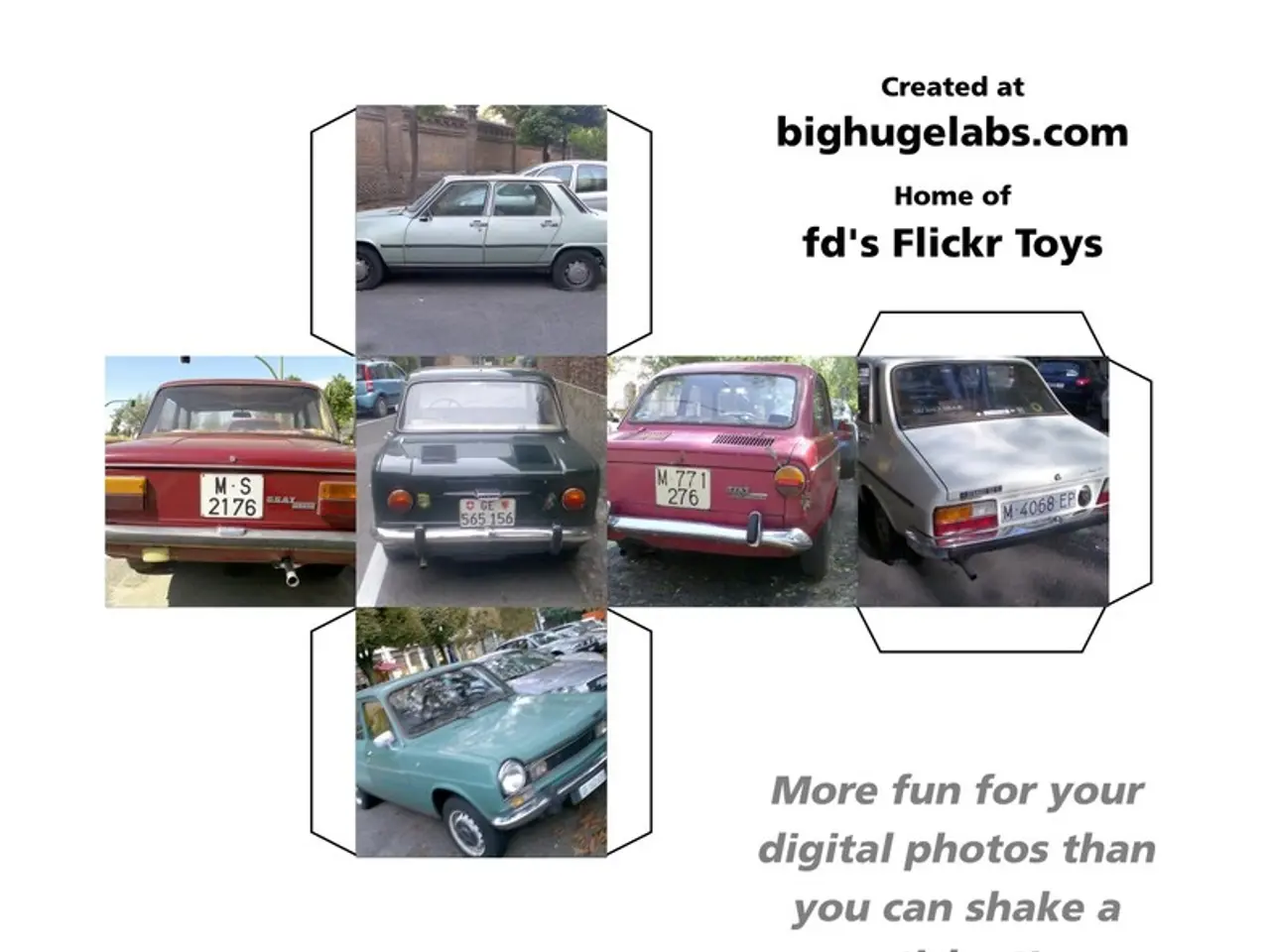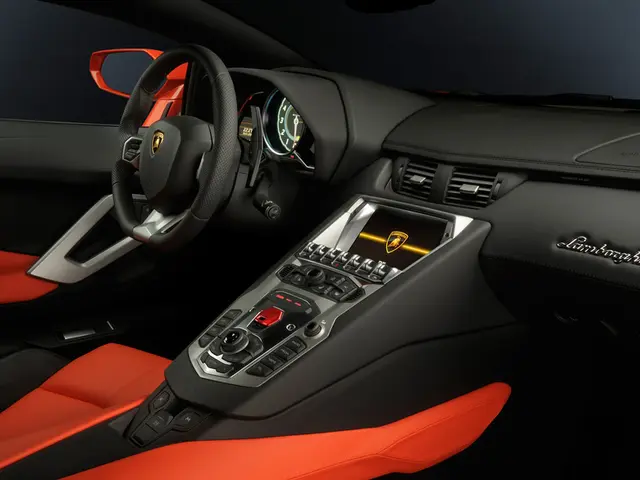Car purchasers seek autonomous driving capabilities, Advanced Driver-Assistance Systems (ADAS), and Future Automotive Designs (FADs) in their new vehicles.
Rising Demand for Semi-Autonomous Driving and Advanced Driver Assistance Systems (ADAS)
The automotive industry is witnessing a significant shift in consumer preferences, with a growing interest in semi-autonomous and advanced driver assistance systems (ADAS) in new vehicles. According to the AutoPacific's 2025 Future Vehicle Planner survey, 43% of new vehicle shoppers now express a desire for hands-off semi-autonomous driving capabilities for highway use, such as GM's Super Cruise and Ford's BlueCruise. This represents a 20 percentage point increase in demand compared to 2024.
The survey, based on responses from nearly 18,000 new vehicle intenders in the U.S., highlights that semi-autonomous highway driving and rear automatic emergency braking are the two most wanted driver-assistance features. The broadly rising interest in autonomous driving and ADAS features compared to previous years indicates a trend that is accelerating.
Younger consumers, particularly members of Gen Y and Gen Z, are more comfortable with automation and expect it in their next vehicles. Deborah Grieb, AutoPacific's director of marketing and consumer research, notes that this is a significant factor in the changing landscape.
Consumer familiarity and experience with ADAS features correlate with higher interest levels, although demand for some ADAS safety features has plateaued in recent years. Privacy concerns related to connected vehicle technology also affect consumer attitudes towards these advanced features.
The study combines extensive psychographic and demographic data with the Future Attribute Demand Study (FADS) and the EV Consumer Insights Study. More respondents than ever say they trust advanced vehicle safety systems that can prevent accidents automatically.
Early exposure to autonomous vehicle technology through robotaxi pilots in cities like San Francisco, Phoenix, and Shanghai is building trust among consumers. Hands-off highway driving, despite being the most desired technology among new car intenders, is still seen as optional by 67% of those who want the feature.
The implications for automakers are substantial, as features once dismissed as niche or experimental are now approaching mainstream relevance. Ed Kim, AutoPacific's president and chief analyst, suggests that automakers who offer highly desirable but less common technologies stand to gain a competitive advantage, especially as the market moves further toward electrification and automation.
The Future Vehicle Planner is a widely cited source for automotive product planners, marketers, and technology developers. Rear automatic emergency braking, which applies the brakes if a vehicle is about to collide with an obstacle while reversing, has become more widely adopted in both mass-market and luxury vehicles.
Manufacturers looking to position themselves at the forefront of the next wave of mobility should take note of not just what consumers want, but how that demand is evolving with age, exposure, and familiarity. The future of driving may be increasingly defined by what the driver no longer has to do, allowing them to focus on other tasks while the vehicle safely navigates the road.
- The automotive industry, including finance and transportation sectors, is increasingly interested in driver assistance systems (ADAS) and semi-autonomous driving technologies, as evidenced by the growing number of consumers expressing a desire for these features in new vehicles.
- The demand for advanced driver assistance systems (ADAS) and semi-autonomous driving capabilities is not limited to the industry; younger consumers, particularly members of Gen Y and Gen Z, are increasingly expecting these technologies in their future vehicles.
- As the market moves further towards electrification and automation, technology developers are advised to focus on creating highly desirable but less common gadgets to gain a competitive advantage, as these technologies become increasingly mainstream in the automotive industry.




